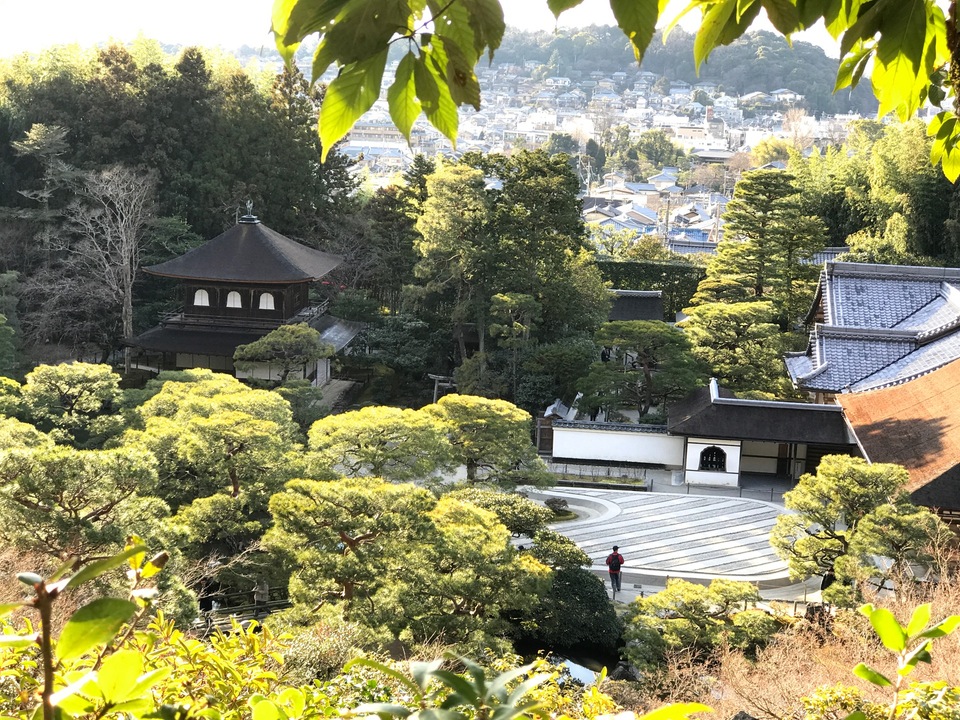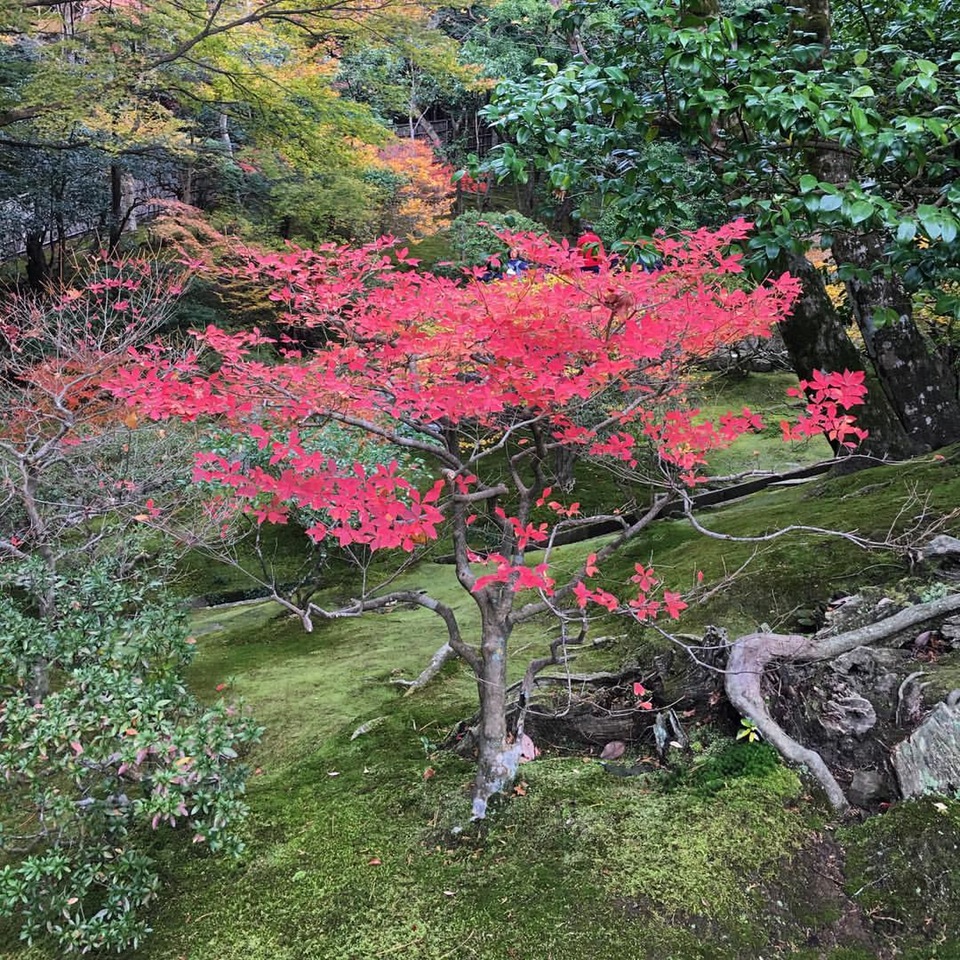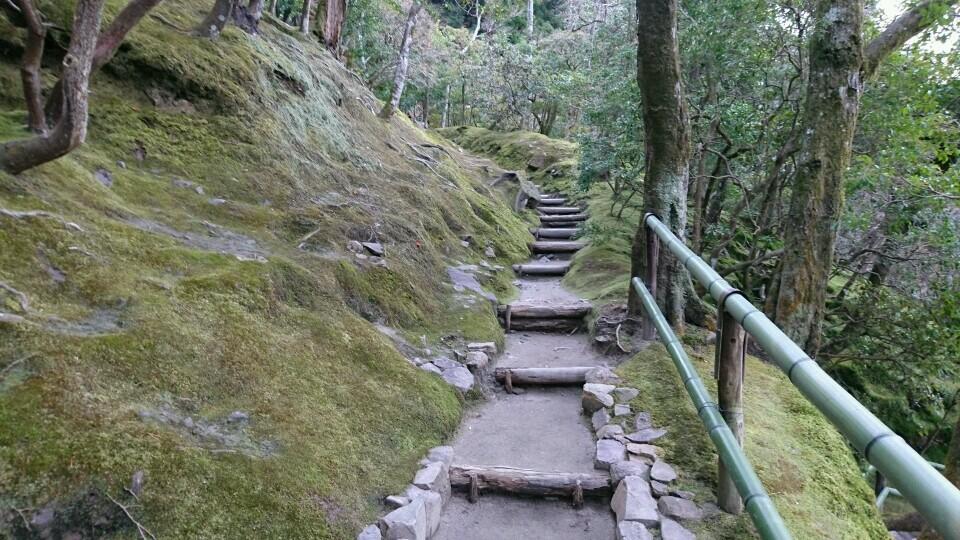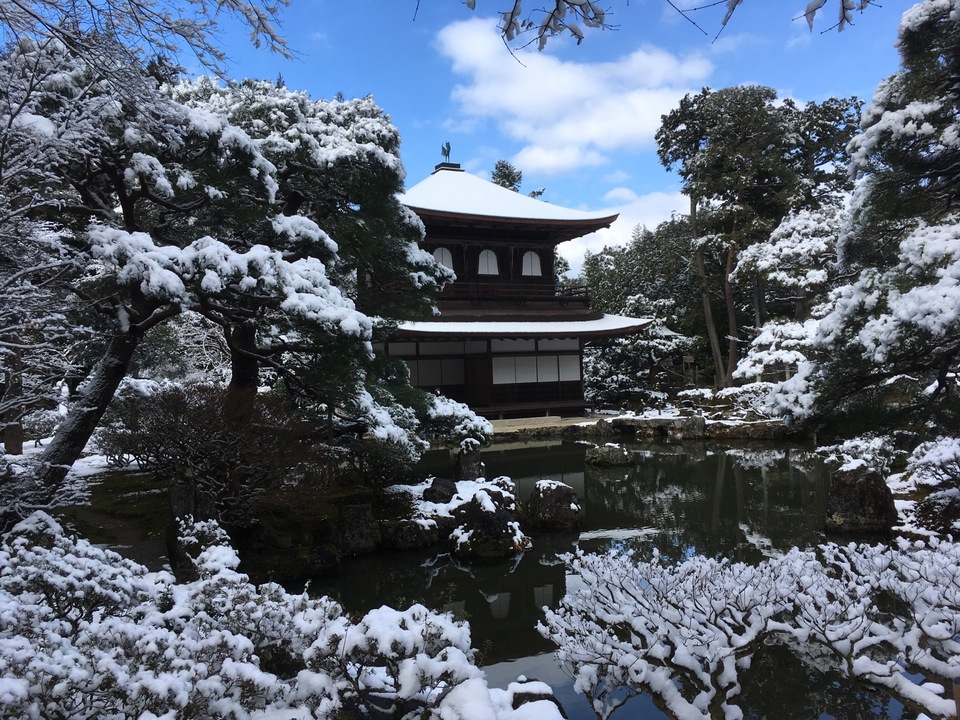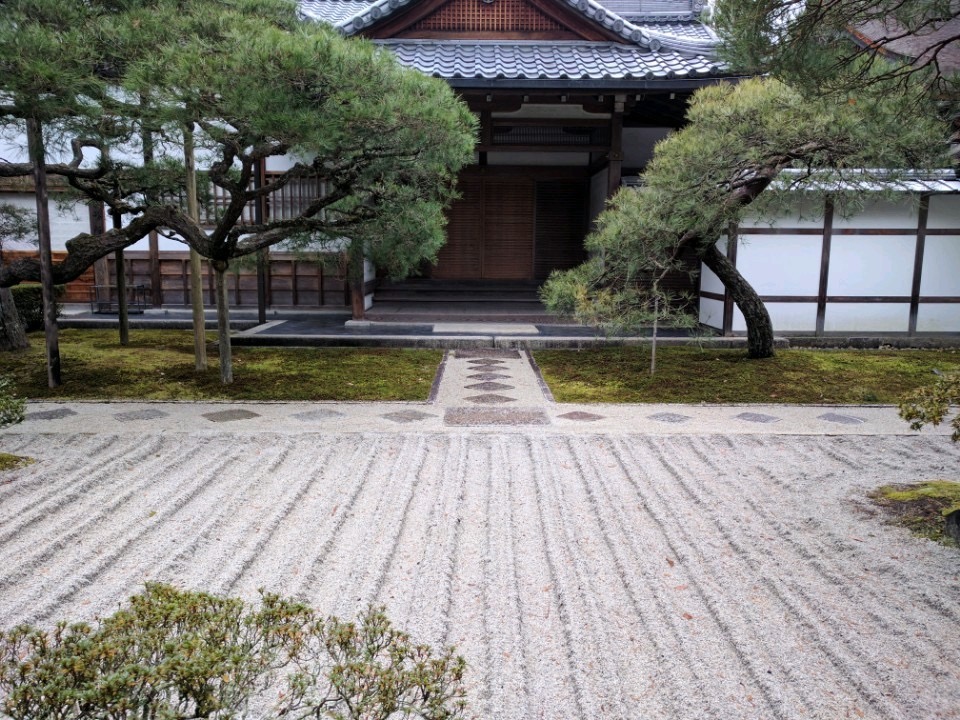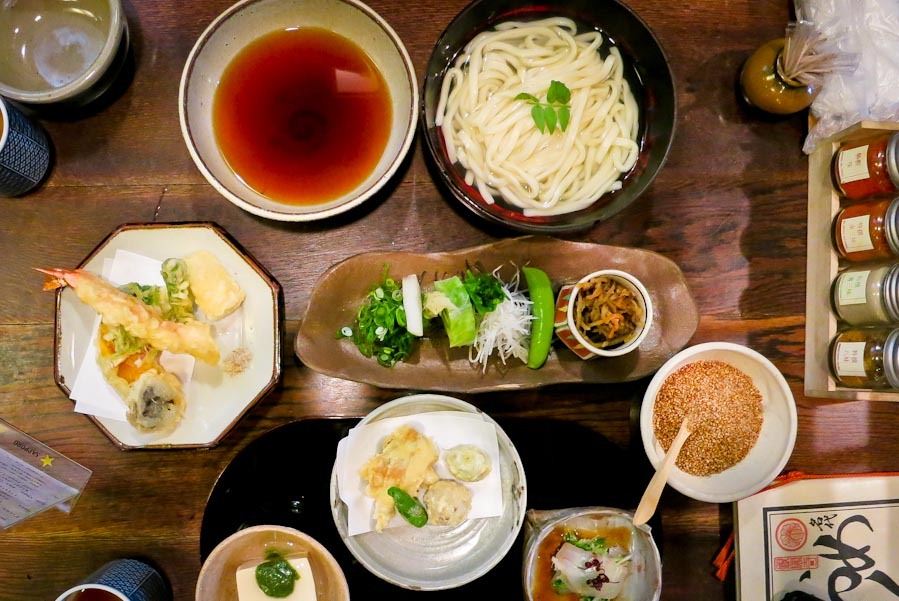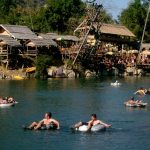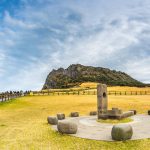48 hours in Kyoto — How to spend 2 days in Kyoto perfectly?
Kyoto, Japan’s former imperial capital for almost a thousand years, is famed for its temples, wooden buildings, and traditional Japanese gardens. During my brief stay, I discovered that much of the city’s attractiveness stems not just from its well-known history, but also from the beautiful cobblestone alleyways with little teahouses and geishas darting about. More than 1,500 temples coexist with all of a Japanese city’s contemporary comforts and dazzling features, producing an intriguing dichotomy. There’s enough here for a multi-day vacation, but if you just have two days, here are some ideas for what to see, do, and eat. So, what should you do in Kyoto in two days and how should you spend two days in Kyoto? Now, let’s explore the lovely city through the intricacies of a Kyoto itinerary for two days (two days in Kyoto) to find out the answer!
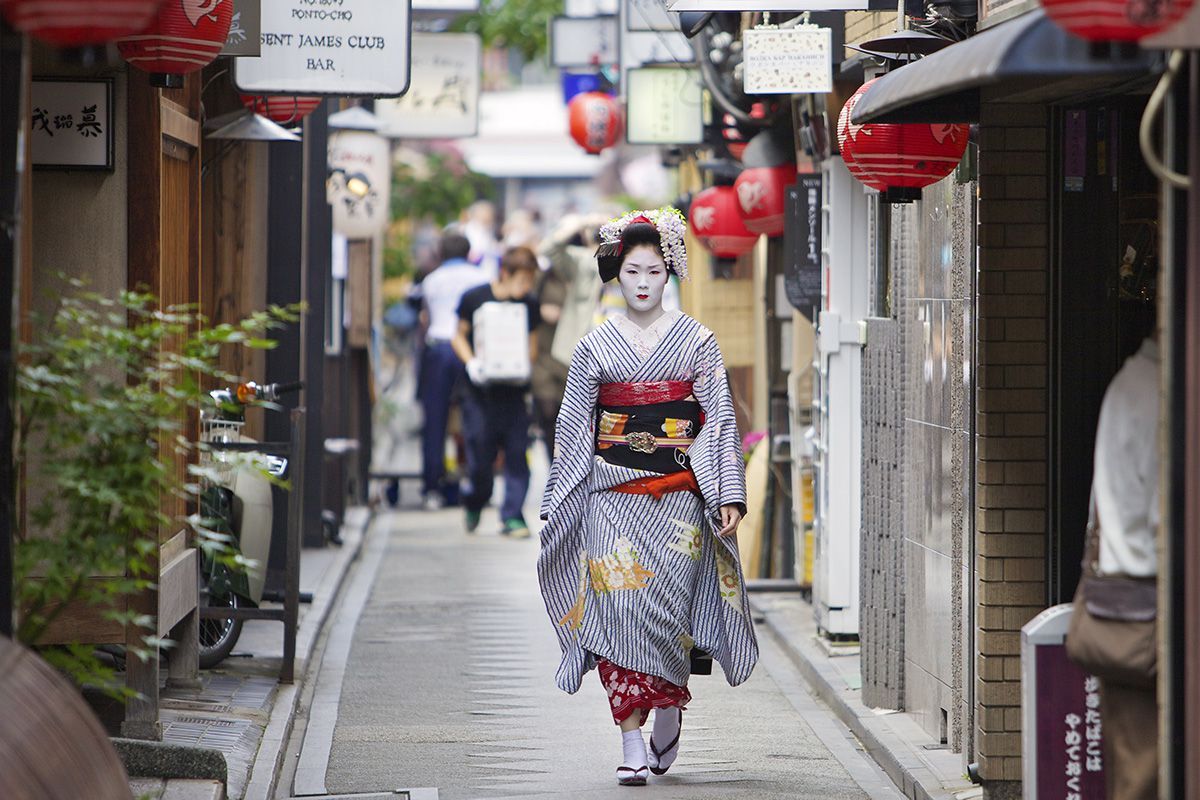
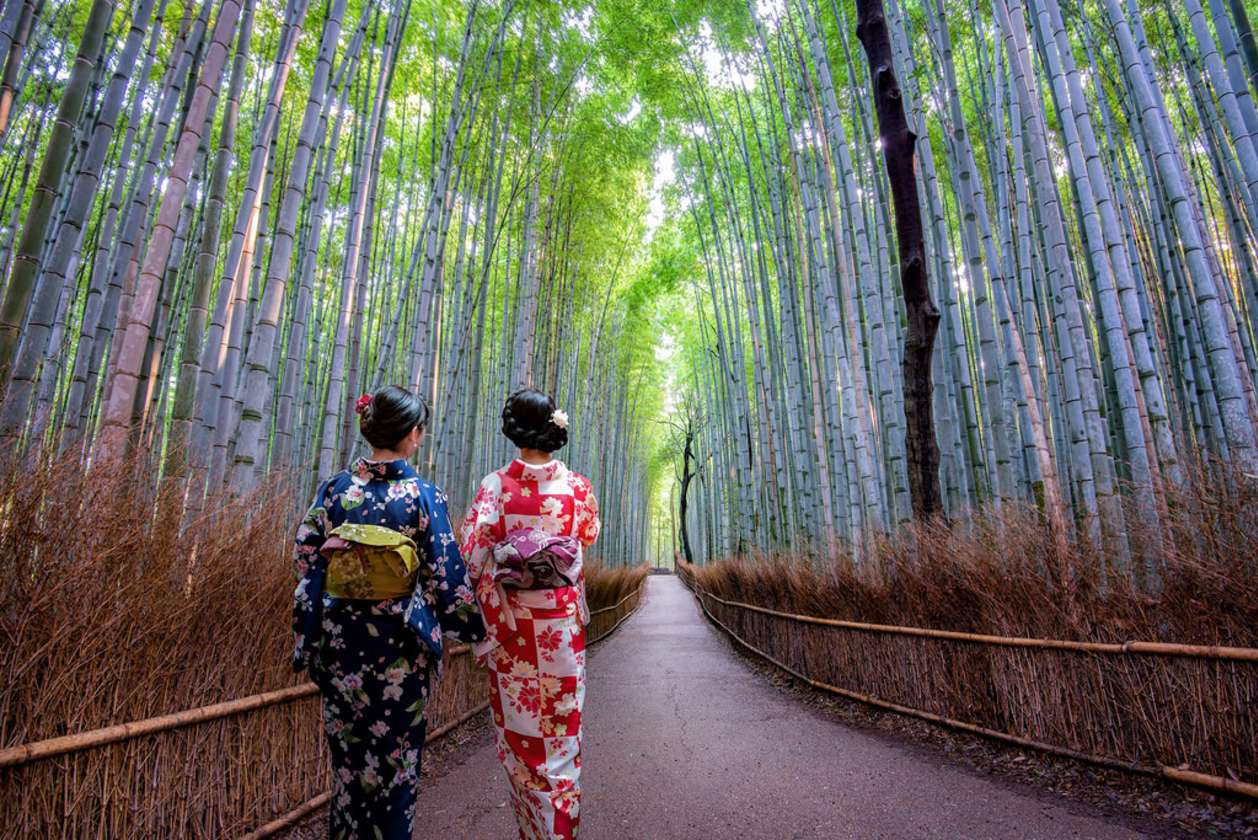

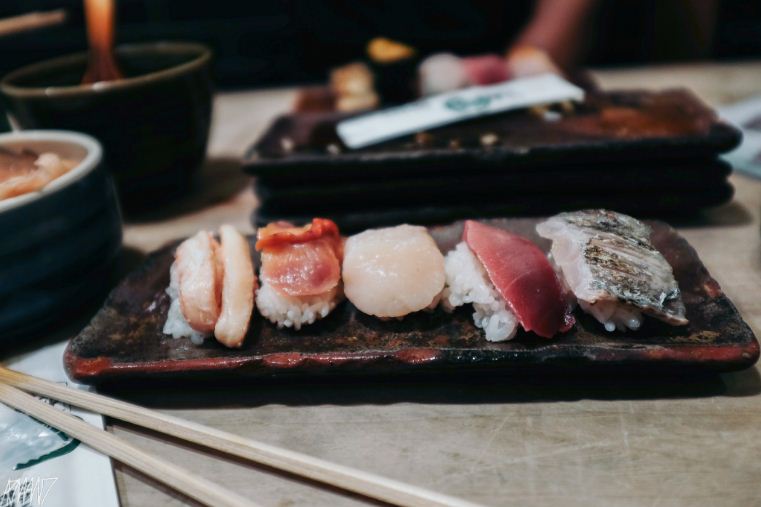
Kyoto 2 day itinerary: First 24 Hours
VISIT: Ginkaku-ji Temple (The Silver Pavilion).It’s one of Kyoto’s most beautiful temples, but it’s also one of the most popular, so plan ahead to arrive at opening (9 a.m.) or in the late afternoon right before closing. Aside from the gorgeous temple and grounds, follow the route to the moss garden and then up the trail behind the temple for a perspective of the entire pavilion – and the city below.

This temple was erected in the 15th century for a shogun (Japanese military commander) and was shortly transformed to a Zen temple. This building, like many of the most spectacular monuments erected in Kyoto, illustrates the authority of the shoguns. Today’s grounds feature a two-story pavilion (really brown, not silver), numerous other structures, a moss garden, and a dry sand garden.
EAT: Udon at Omen. This small restaurant near the Ginkaku-ji Temple has some of the city’s best udon noodles.
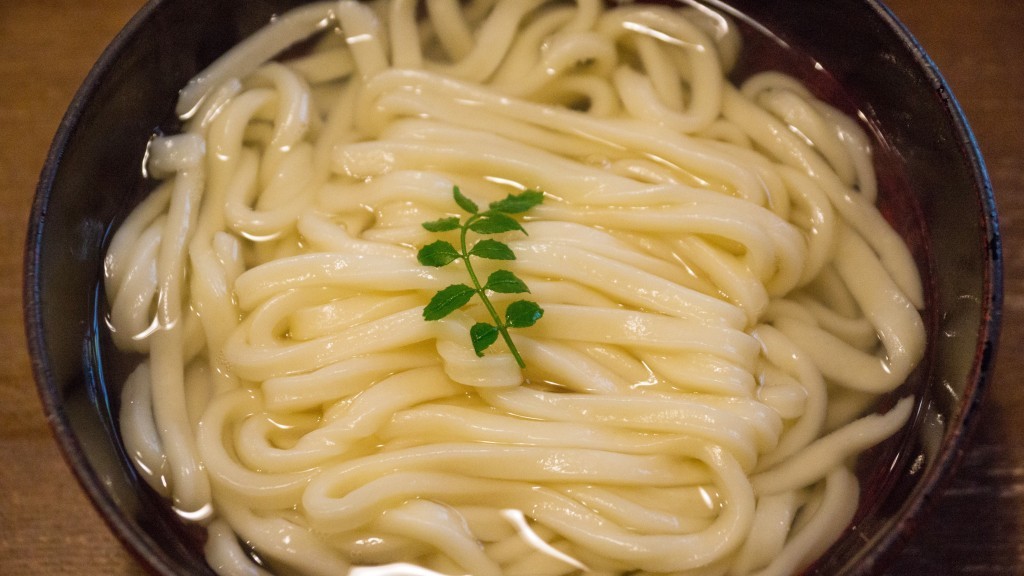
VISIT: Walk the Philosopher’s Path. This road traverses gardens and cherry trees and connects two of Kyoto’s temples, the Ginkaku-ji Temple and the magnificent Eikan-do Temple. It is maybe the most attractive location to walk in Kyoto. There are signs along the walk that lead tourists to neighboring temples like as the Anraku-ji Temple, and there are lots of eateries to stop for a bite or a warm drink. This walk and the surrounding attractions may easily fill a day. However, because this is one of Kyoto’s most popular cherry blossom viewing locations, if you visit during the blooming season, you may wish to come just after dusk, when the trees are lighted but the crowds have reduced. After a few hours in the Northern Higashiyama district, it’s time to head to downtown Kyoto for some afternoon and evening sightseeing and shopping.

VISIT: Nijo Castle. This castle was constructed during the Edo Period, which began in the early 1600s. The castle is encircled by thick stone walls and a moat, indicating how important defense was to the city’s past shoguns. There are numerous significant structures to explore in the castle, including the Ninomaru Palace, the interior of which is lavishly adorned in gold leaf. The castle also boasts beautiful classic gardens that should not be missed.

DO: Shop in downtown Kyoto Nishiki Market. The best traditional food market in Kyoto, this mass of stalls sells all kinds of fish as well as small shops of Japanese sweets and other traditional food ingredients. The market closes at 5pm.
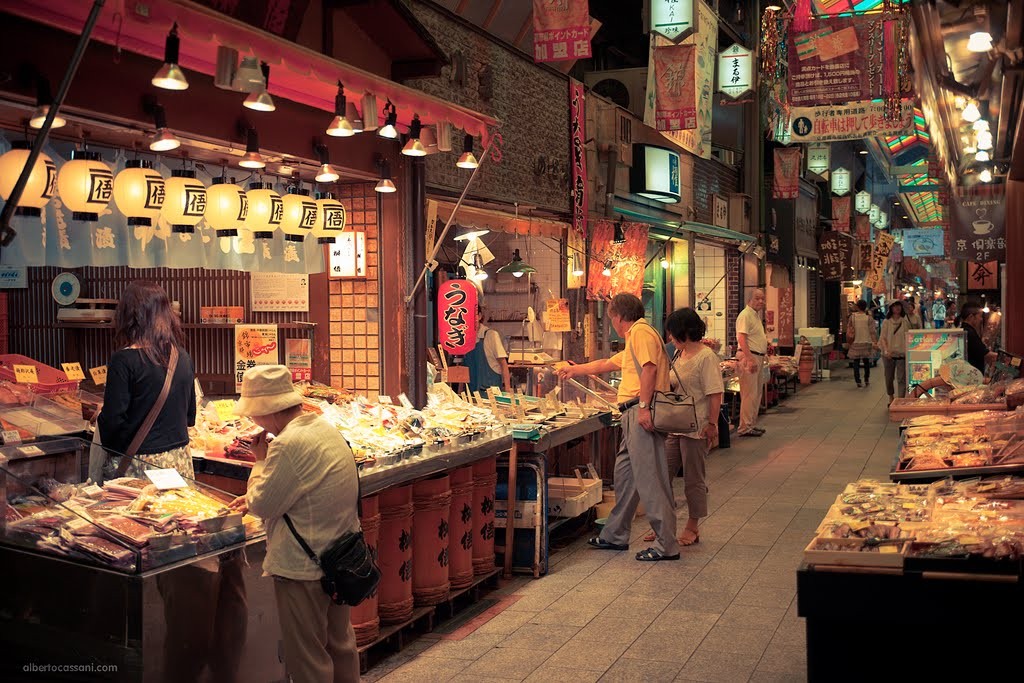
Daimaru: One of the city’s nicest department stores and possibly the best food market, Daimaru is an elegant place to shop and eat. You can enjoy an early dinner here and then pick up dessert in the store’s amazing basement food market before leaving.
EAT: Tempura at Yoshikawa Tempura style. Located in Downtown Kyoto, the same district as the Nishiki Market and Daimura, this elegant restaurant serves perfectly prepared tempura in tatami rooms overlooking a garden.
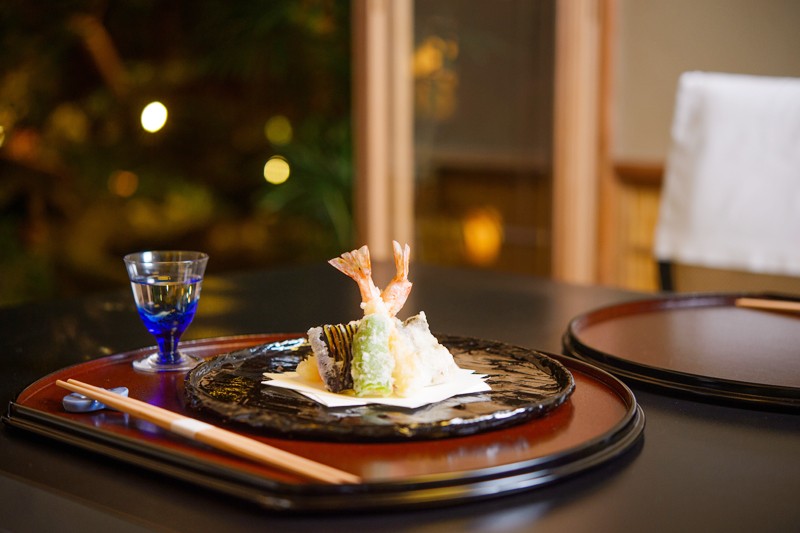
DO: Take in the night atmosphere in Pontocho Alley. At night, this quaint pedestrian alley with small wooden buildings and atmospheric lighting is the place to see geishas. There is a small selection of restaurants here that welcome foreign visitors with English menus.
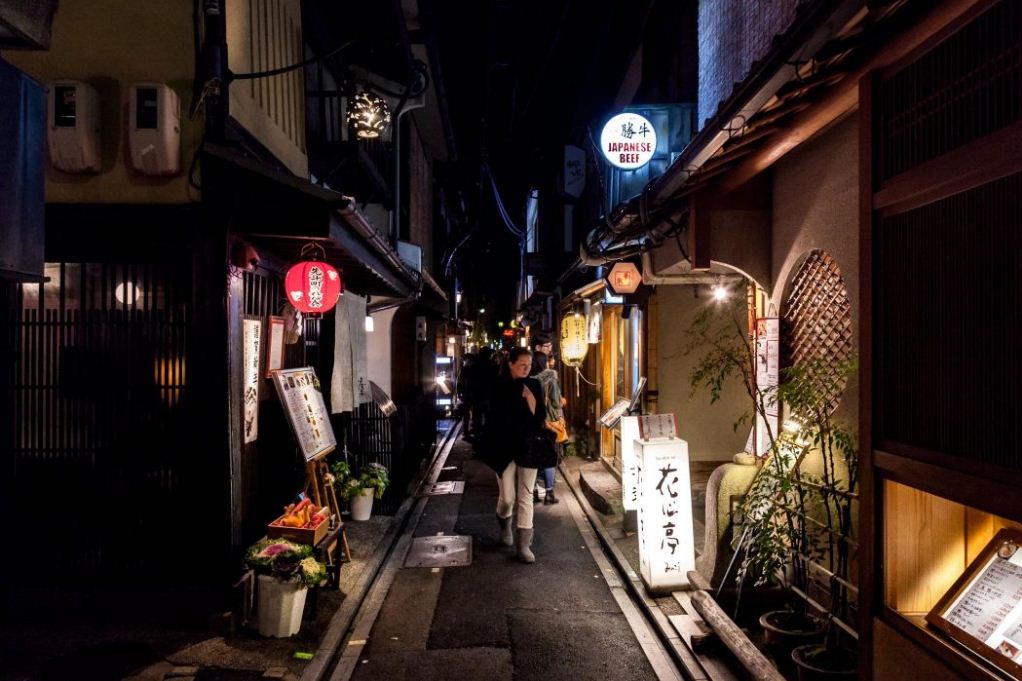
Kyoto 2 day itinerary: The Next 24 Hours
VISIT: Kiyomizu-dera. Kiyomizu-dera, one of Kyoto’s most prominent attractions, is a massive Buddhist temple complex located along the mountains that surround the city’s east side and is part of the Ancient Kyoto UNESCO World Heritage Site. The temple was founded in 798, although it today houses primarily 17th-century buildings, including as the main hall, pagoda, gates, and ornate fountains where tourists may drink the pure water from the mountain spring. Expect crowds because this is one of Kyoto’s most popular sites, but a tour around the structures and the hillside vistas are not to be missed. Arrive early to beat the crowds and get a good start on this visually stimulating area of Kyoto.
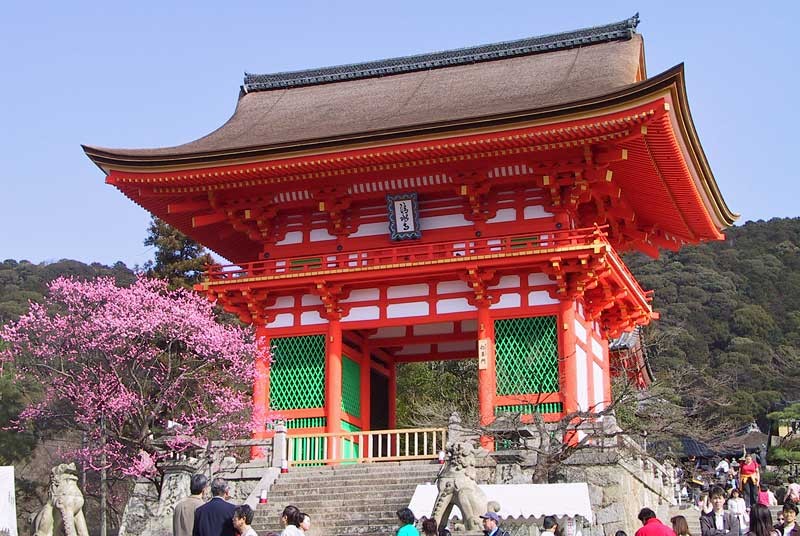
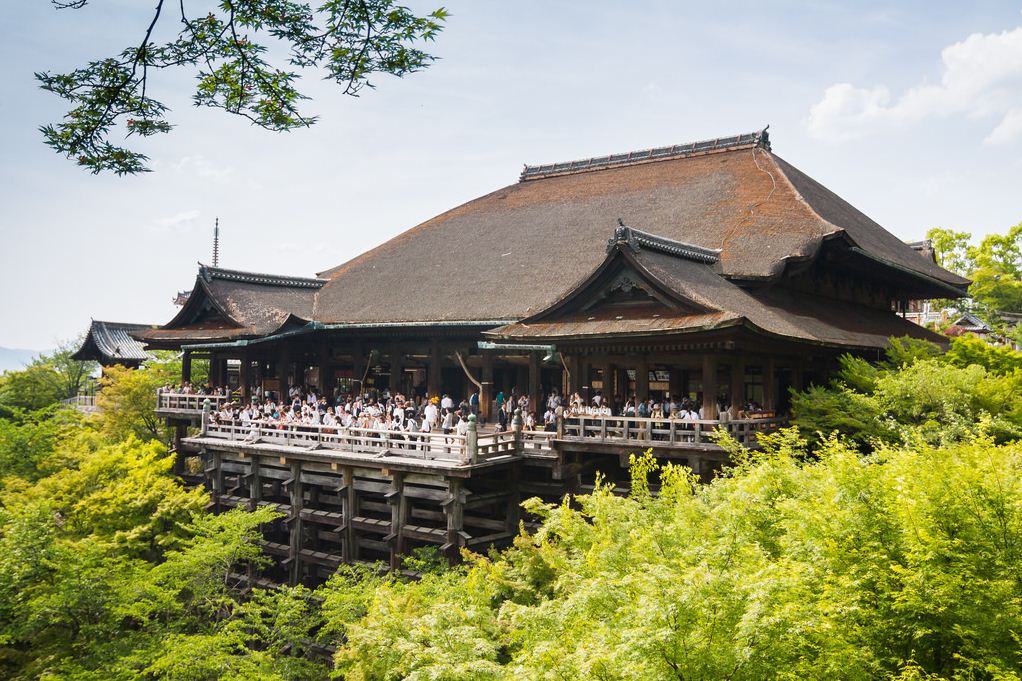
EAT: Udon Noodles at Omen, Kodai-ji Branch near Kiyomizu-dera. This branch of the main Omen restaurant near the Ginkaku-ji Temple is a good bet in the touristy area around Kiyomizu-dera. Near Kiyomizudera there are small ice cream sellers; try the black sesame ice cream if you can find it.
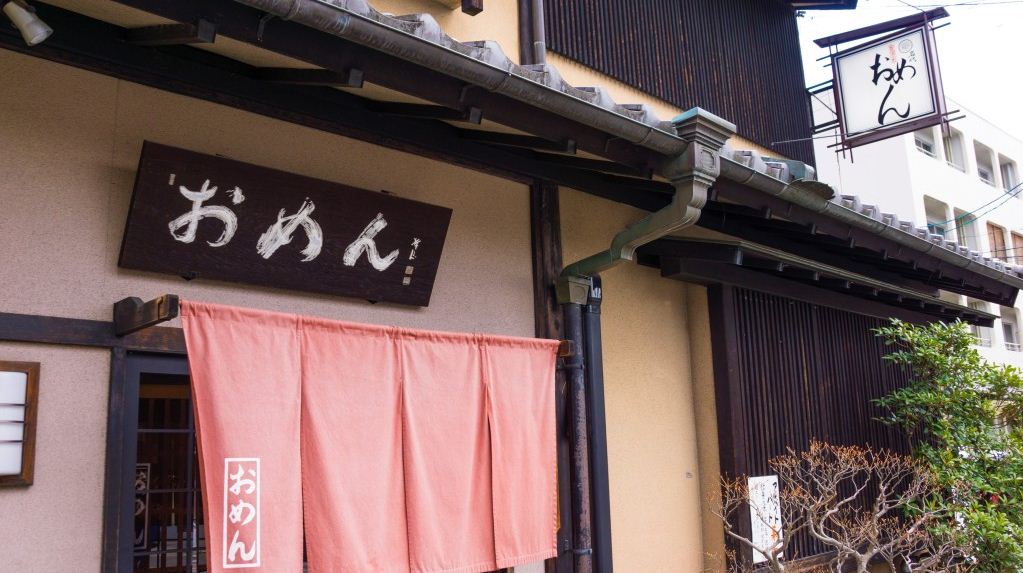
DO: Walk the lanes between Kiyomizu-dera and Yasaka Shrine. The narrow alleys and pedestrian lanes that connect these two temple complexes offer a glimpse into medieval Kyoto. Stop at temples and tiny teahouses along the road. The Ninen-zaka and Sannen-zaka steps, as well as Nene-no-michi Lane, are among the greatest locations to stroll in the city, although they can get busy during peak season; if this is the case, consider coming in the evening. Stop at the Shinto Yasaka Shrine before taking a leisurely stroll around Maruyama-koen Park.

VISIT: One of Kyoto’s top museums. If you still have time after visiting all of the temples, you might like to pay a visit to one of the city’s museums. Try the adjacent Northern Higashiyama district’s Kyoto Municipal Museum of Art (closed Mondays). When one of the Kyoto National Museum’s unique temporary exhibitions is on display, it is well worth a visit.
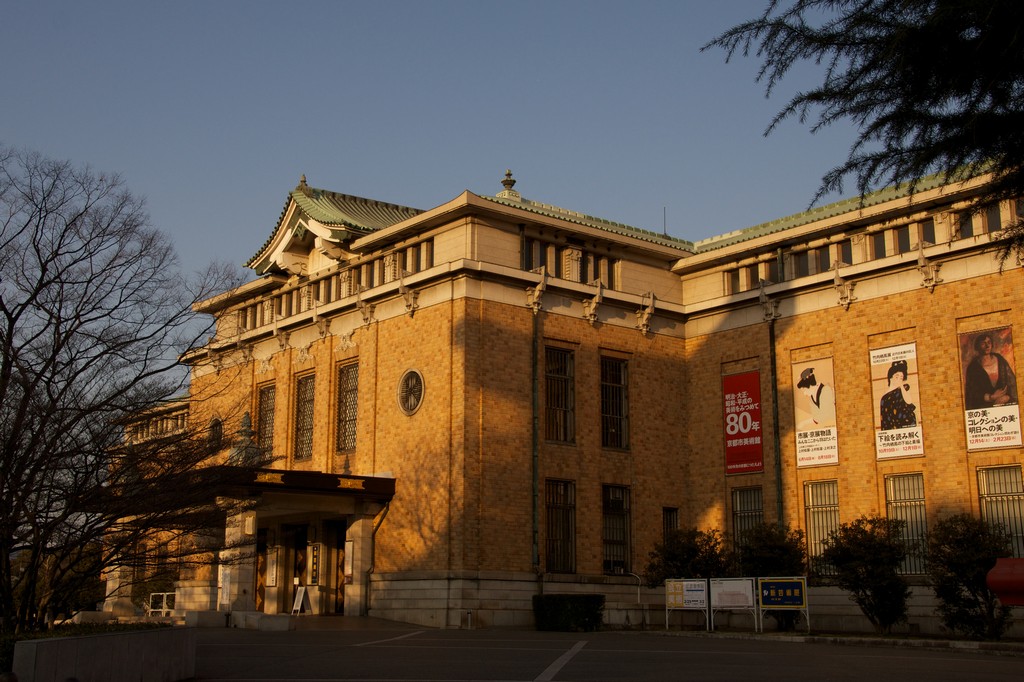
DO: Visit Gion in the evening. This neighborhood near Yasaka Shrine is comprised of tiny, traditional wooden structures, primarily high-end Japanese eateries and teahouses where geishas entertain. Hanami-koji Lane is one of the most intriguing alleys in Gion to walk along, but for a more personal Kyoto experience, guides may arrange for a traditional (but pricey) supper with geisha performance.
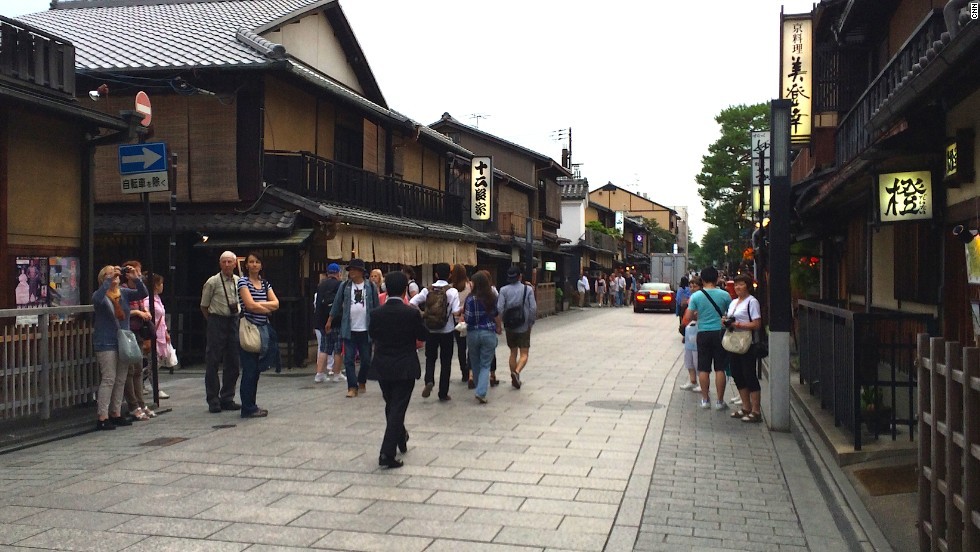
If you get there in the late afternoon, try traditional sweets and tea at Kagizen Yoshifusa tearoom (closes at 6pm).
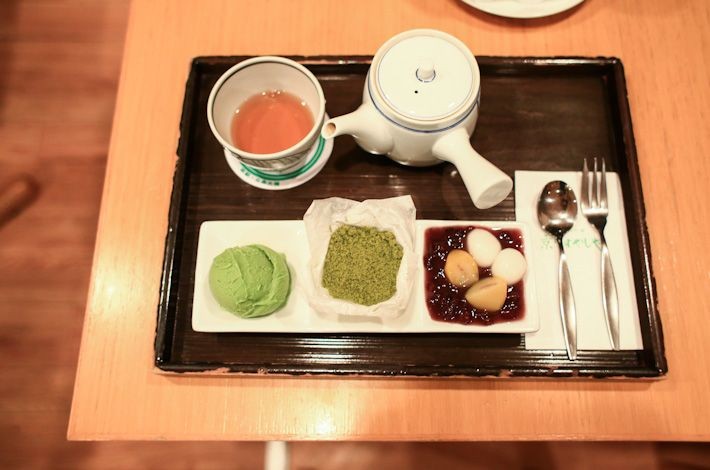
EAT: Try Japanese haute cuisine in the historic geisha district. Many kaiseki-ryori, or Japanese haute cuisine, restaurants can be found in the Gion district. This cuisine is always presented as a multi-course dinner, with the chef typically adjusting the dishes based on the seasonal ingredients available. Gion Karyo is a more approachable kaiseki restaurant.

Kyoto is a historic yet modern city with many treasures to be experienced. With just two days in the city, you can take in both the new and the old and understand why people from Japan and around the world rave about this former imperial capital.












